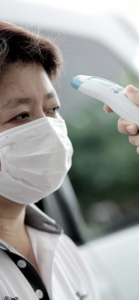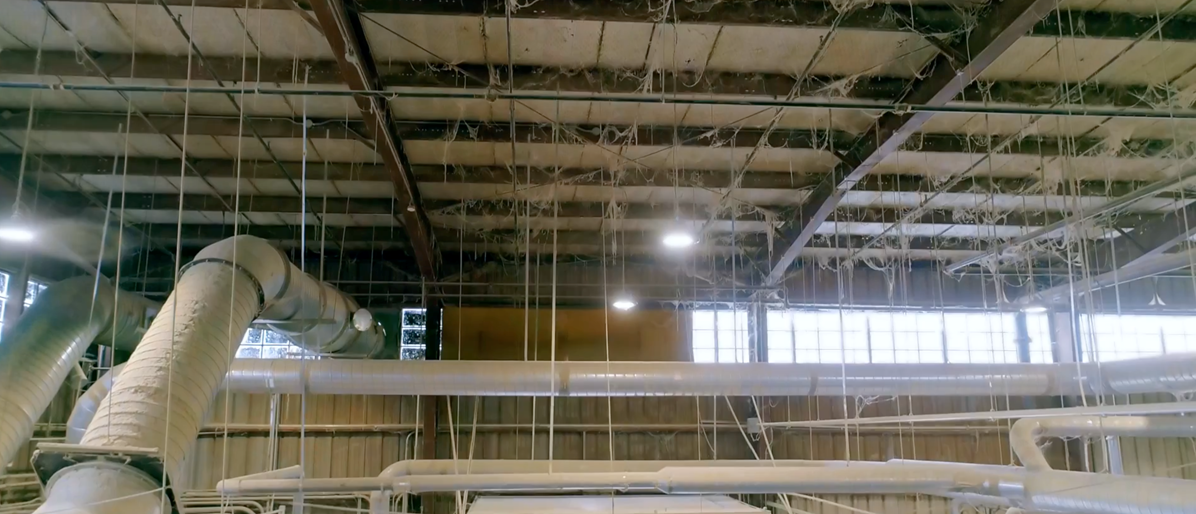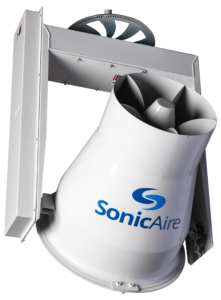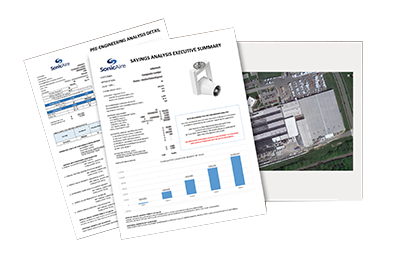Updated March 2021: This was written before the easing of lockdowns in certain areas.
Click here to skip to the update.
Manufacturing, production, and processing facilities have always had restrictions when it comes to visitors accessing the building.
However, with the pandemic and increased constraints from state governments, managing the flow of people into and out of the building has become more complicated.
If your facility already has a high concentration of people working there, limiting personal interaction is critical to keeping your employees safe and operations online. Despite lowering cases of Covid-19, health officials are still encouraging people to be vigilant until we reach a certain threshold of vaccinations.
For those facilities that choose to hire outside cleaning companies to perform housekeeping, how can you maintain compliance with combustible dust standards while maintaining a safe working environment?
1 – Review the Manufacturing Toolkit from the CDC
 The Center for Disease Control (CDC) has issued guidelines for various companies and industries identifying ways to assess how prepared a facility is to prevent infection. While it was designed to help public officials, it also provides some insight into CDC/OSHA recommendations for a safe workplace.
The Center for Disease Control (CDC) has issued guidelines for various companies and industries identifying ways to assess how prepared a facility is to prevent infection. While it was designed to help public officials, it also provides some insight into CDC/OSHA recommendations for a safe workplace.
Their resources include a self-assessment checklist you can take during a facility walkthrough and keep on hand if there are any questions regarding your efforts to keep employees safe and healthy.
They’ve also provided a slide deck that may help answer questions regarding Covid-19 or justify new protocols to employees. The enforceability of these recommendations depends upon state and local regulations, so be sure to check for those in addition to reviewing CDC recommendations.
2 – Have policies in place to limit contamination
You may have heard the adage, “The best defense is a good offense.” In these circumstances, the ideal way to prevent issues within your facility is to be proactive in your planning.
Whether you use the CDC, OSHA, or other recommendations, having a plan in place is critical. While someone may question the specific tactics you’re using, they shouldn’t be able to call into question your lack of effort.
Before allowing any visitors into the building, make sure you have a plan in place. It could include any of the following:
- Temperature Checks
- Sign In/Sign Out Sheets
- Questionnaires Documenting Answers Relating to Current Health
- Specific Requirements Regarding Personal Safety Equipment (e.g., Masks, Face Coverings, Eye Protection, etc.)
- Restricted Areas
- Electronic Communication/Access
- Bio-monitoring Equipment
Regardless of your current policies, it is always worthwhile to regularly revisit them to ensure they continue to match recommendations and regulations.
3 – Schedule cleanings to limit interaction
Ideally, limiting personal interaction is the best way to prevent the spread of Covid-19. Most facilities already schedule cleanings during downtime, which should avoid the majority of interactions. However, if your current process has cleaning teams in the building while other areas are still operational, you may need to rethink this strategy.
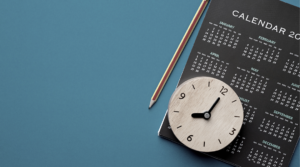
Also, the increase of floating particles in the air could be harmful to employees. Until the dust has settled, employees should avoid these areas.
Unfortunately, this only decreases productivity for your company. The pandemic has already created significant hardships for businesses. Limiting throughput is not likely to be at the top of your To-Do list.
In this case, make sure you check out #5 for our recommendation to avoid shutdowns for cleaning altogether.
4 – Make sure the cleaning company has safety protocols in place
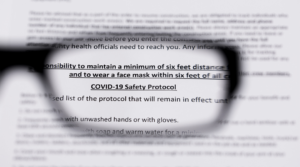
Not only should they have a defined policy, but they should also be following it. Since you hired the cleaning company, don’t hesitate to question them if their employees aren’t sticking to the policy they set.
Personal protective equipment is a must to minimize the impact on your space. Aside from removing fugitive dust from overhead areas, they should be able to explain how they will decontaminate surfaces they come in contact with.
Document where they go and what they do with your Dust Hazard Analysis as you usually would. During these times, it would also be beneficial to document their Covid-19 related policies if a situation occurs.
5 – Do it yourself
Instead of paying to have someone else come into your facility and clean, use your staff. If you have extra downtime due to lower production demand, this might be an excellent way to utilize your labor force.
You’ll still want to follow all of the guidelines and recommendations laid out above, but you can at least restrict unnecessary access.
While this may seem like a great solution, it comes with its drawbacks. If you don’t have the equipment necessary to reach and clean these areas, it could quickly become expensive. Additionally, you’re placing your employees in dangerous situations.
Just remember that when, not if, things get back to normal, you likely won’t have the same amount of time and available staff to handle this internally.
6 – Avoid cleanings altogether
Surely OSHA isn’t going to allow you to ignore NFPA guidelines just because of the pandemic. You’d be right on this point.
However, we didn’t say to ignore combustible dust regulations. Just don’t hire outside parties or put your staff at risk to clean the facility.
SonicAire Dust Control Fans are the ideal way to avoid expensive housekeeping, keep employees safe, and stay in compliance.
Most of our clients never have to schedule housekeeping thanks to these fans, which create an air barrier to prevent overhead dust buildup.
During this time, when you should be limiting access as much as possible, choosing this alternative could not only protect employees from infection. It will also proactively protect them from combustible dust events and the harmful effects of fugitive dust hanging in the air.
Now that vaccines are rolling out and lockdowns are being lifted, what now?
Winston Churchill was quoted as saying, “Now this is not the end. It is not even the beginning of the end. But it is, perhaps, the end of the beginning.” While we are all hoping this is the beginning of the end, the truth is that some things will never truly go back to the way they were before.
Not only has the pandemic made us think twice about health and safety within our organizations. It has also changed the way we “go to work” in general. While many production/operations employees have to be in the facility, the past year has shown us that not everyone does.
By allowing administrative and support staff to work from home, how is that affecting productivity? How will it impact the space you need to operate? Will fewer employees in the building improve or hurt morale? These are all questions we will have to answer in the months and years to come.
Regardless, many of you are wondering, when can we stop worrying about Covid-19 and how we control access to our facilities. The answer to this question is unclear and likely will depend upon your risk tolerance. Once we are near 70-80% of the population vaccinated, the risk to employees should drop dramatically.
Other companies may have enjoyed the limited access and reduced distractions that come with it. While the common flu is not as communicable according to medical professionals, it certainly wouldn’t hurt to reduce the amount of sick time our employees have to deal with. Masks may become more commonplace even when people have a sore throat or mild symptoms, preventing illness.
The reasons for limiting access may change over time, but that doesn’t mean everyone will revert to the same rules or at the same time.
Regardless of your current plans, preventing circumstances from affecting production is critical to your organization. So, maintaining a healthy work environment, reducing downtime, and staying in compliance are the most important factors to consider.

